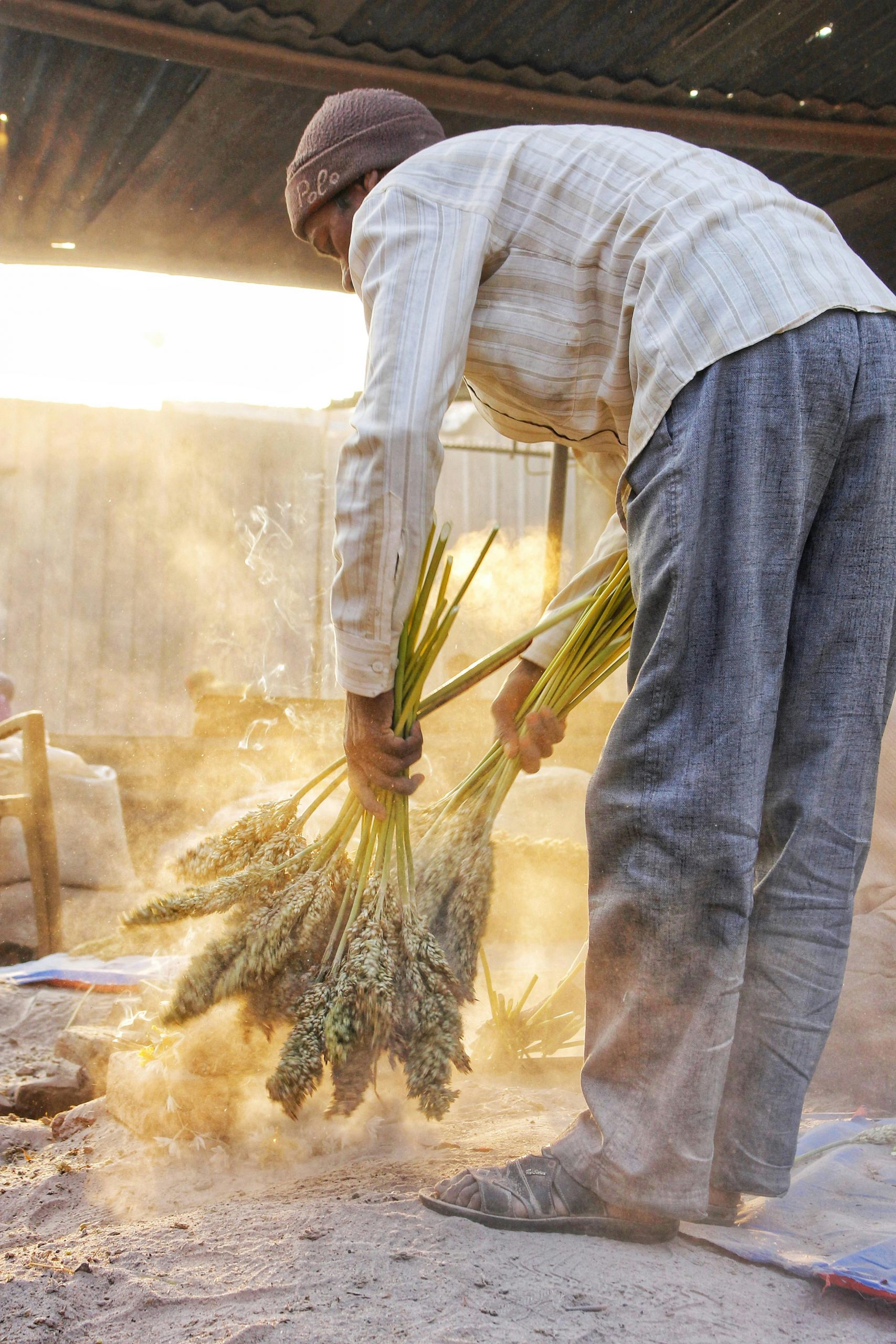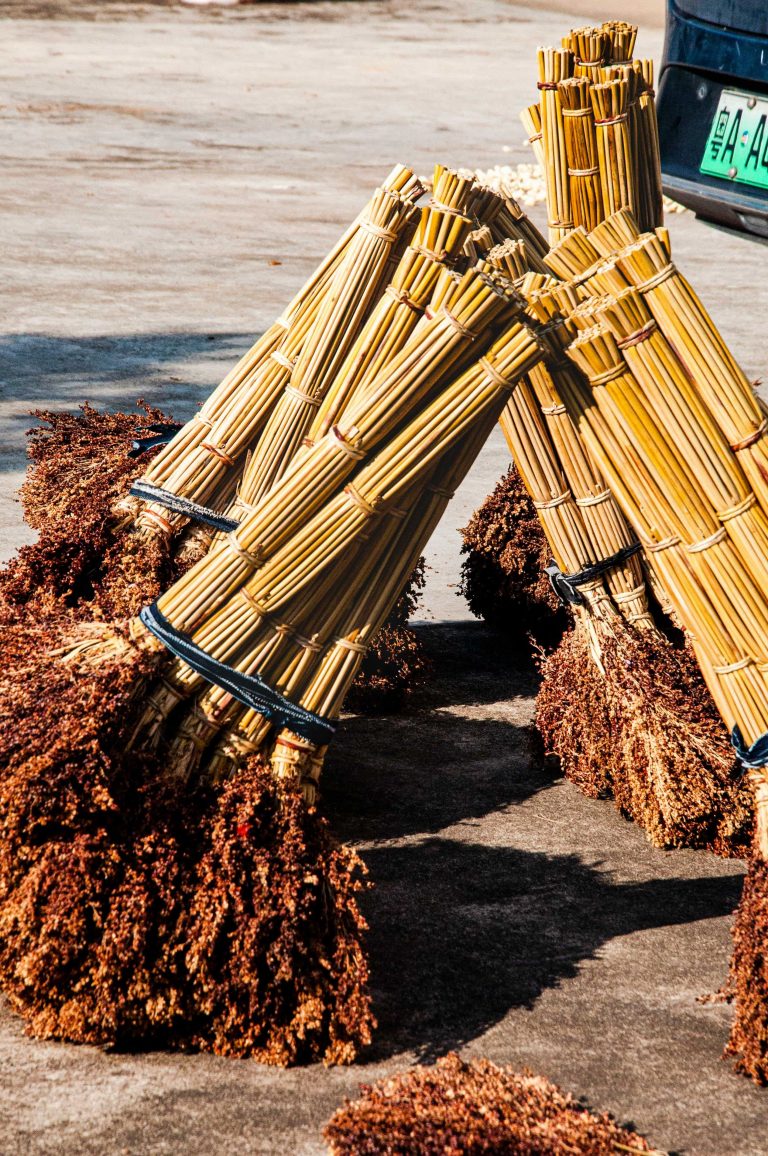A cereal grain plant in the grass family Poaceae that has been grown and cultivated for thousands of years is having a well-deserved revival: sorghum. This ancient grain originates from Africa, is enjoyed across the continent, and has even made its way to America. From ting ya mabele to a syrup similar to molasses, we’re shining the spotlight on this versatile, nutritious, and culturally significant grain. Let’s take a look at how deeply this humble grain is woven into our story.
South Africa’s sorghum roots
Sorghum has been cultivated for thousands of years in Africa, with the earliest remains discovered at an archaeological site near the Egyptian-Sudanese border, dating back to around 8,000 B.C. It was a major crop that sustained many of our ancestors’ diets, spreading throughout Africa and on to India, China, and even the U.S..
In South Africa, it’s known by many names – mabele in SeSotho and amabele in Nguni. Sorghum is not only used to make staple foods like ting ya mabele (a tangy, fermented porridge), maltabella pap (a standard breakfast staple during my primary school days) or popped for a tasty snack, it’s also used to make umqombothi or bojalwa ba setso – a traditional fermented brew shared during weddings, initiation ceremonies, homecomings, and to acknowledge ancestors. It’s much more than a versatile and nutritional food; it’s as much a social connector as it is an ancestral way of doing.
A heritage crop with a health boost
Though still underutilised in South Africa, sorghum is one of the ultimate superfoods and deserves a spot in every pantry.
It’s:
- It’s an excellent source of fibre
- One serving of sorghum provides an excellent source of 12 essential nutrients, more than you would get out of a single serving of oats, corn, rice, quinoa and even wheat.
- It’s low-GI and gluten-free
- It’s packed with tryptophan, an essential amino acid an antioxidant
- A half-cup serving of sorghum has nearly double the iron found in a 90-gram beef steak (you’d need to eat more than seven cups of spinach to get the same amount!).
The small quinoa-sized round grains come in colours ranging from white, red, orange, bronze, tan, and black. They have a nutty, earthy flavour and chewy texture when cooked whole, and provide an umami, earthy flavour when used as porridge or flour. Moreover, studies have shown that eating sorghum regularly may help aid digestion, support heart health, and stabilise blood sugar levels.
Sorghum is such a versatile crop, grown for many uses, including:
- Whole grains
- Popped
- Milled into a porridge
- Milled into a flour
- Pressing the stalk and boiling those juices until a thick, dark syrup forms (similar to molasses)
- Animal feed (as silage or hay)
- Fuel (its high starch content is used to produce ethanol)
- Biodegradable material (used to produce packaging, wallboards, baskets and brushes)

Sorghum’s role in sustainability
Today, sorghum is one of the top five cereal crops grown globally (it’s extremely popular in the U.S., South America and Asia!). With farmers around the world feeling the intense effects of global warming and climate change, sorghum has become a game-changer for many. It can withstand drought, performs remarkably well in hot, dry climates as well as marginal soils – common conditions in Limpopo, North West, the Eastern Cape and the Northern Cape. It makes for an excellent crop alternative where maize won’t thrive, and can produce the profits that farmers need to succeed.
Sorghum’s story is one of resilience, from its deep ancestral roots to its modern-day revival. Whether you’re enjoying a comforting bowl of ting ya mabele or experimenting with sorghum flour in baking, every spoonful connects you to a legacy of nourishment, sustainability, and community.

